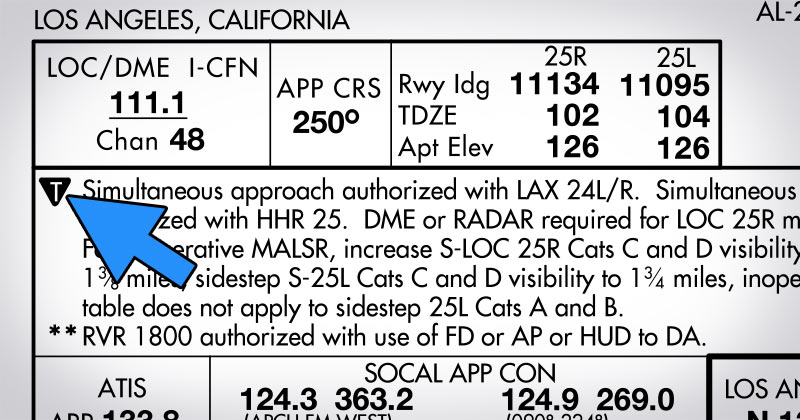Under 91.175 there is no requirement for Part 91 operations.
f) Civil airport takeoff minimums. This paragraph applies to persons operating an aircraft under part 121, 125, 129, or 135 of this chapter.
(1) Unless otherwise authorized by the FAA, no pilot may takeoff from a civil airport under IFR unless the weather conditions at time of takeoff are at or above the weather minimums for IFR takeoff prescribed for that airport under part 97 of this chapter.
(2) If takeoff weather minimums are not prescribed under part 97 of this chapter for a particular airport, the following weather minimums apply to takeoffs under IFR:
(i) For aircraft, other than helicopters, having two engines or less—1 statute mile visibility.
(ii) For aircraft having more than two engines— 1⁄2 statute mile visibility.
(iii) For helicopters— 1⁄2 statute mile visibility.
(3) Except as provided in paragraph (f)(4) of this section, no pilot may takeoff under IFR from a civil airport having published obstacle departure procedures (ODPs) under part 97 of this chapter for the takeoff runway to be used, unless the pilot uses such ODPs or an alternative procedure or route assigned by air traffic control.
(4) Notwithstanding the requirements of paragraph (f)(3) of this section, no pilot may takeoff from an airport under IFR unless:
(i) For part 121 and part 135 operators, the pilot uses a takeoff obstacle clearance or avoidance procedure that ensures compliance with the applicable airplane performance operating limitations requirements under part 121, subpart I or part 135, subpart I for takeoff at that airport; or
(ii) For part 129 operators, the pilot uses a takeoff obstacle clearance or avoidance procedure that ensures compliance with the airplane performance operating limitations prescribed by the State of the operator for takeoff at that airport.
(g) Military airports. Unless otherwise prescribed by the Administrator, each person operating a civil aircraft under IFR into or out of a military airport shall comply with the instrument approach procedures and the takeoff and landing minimum prescribed by the military authority having jurisdiction of that airport.

